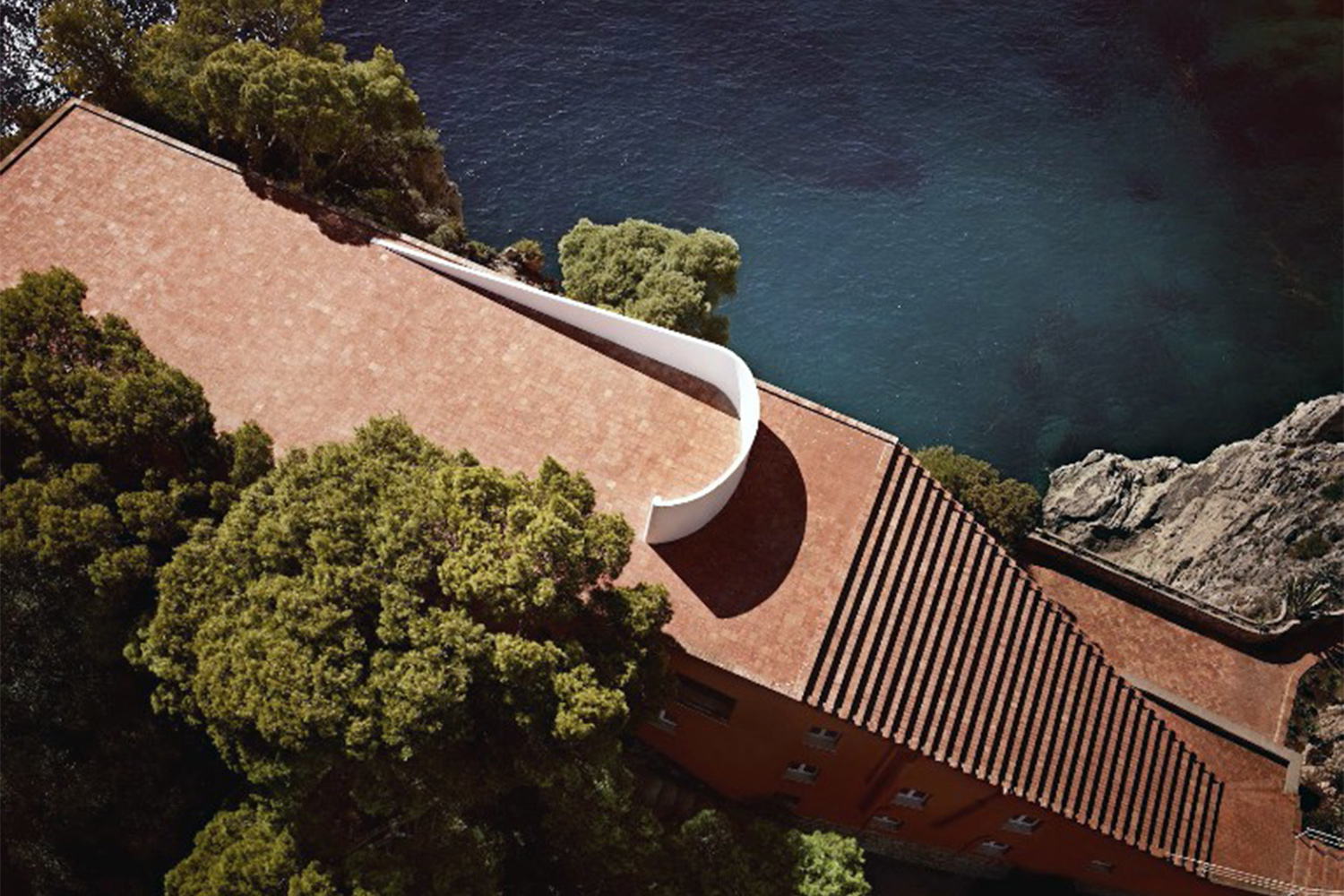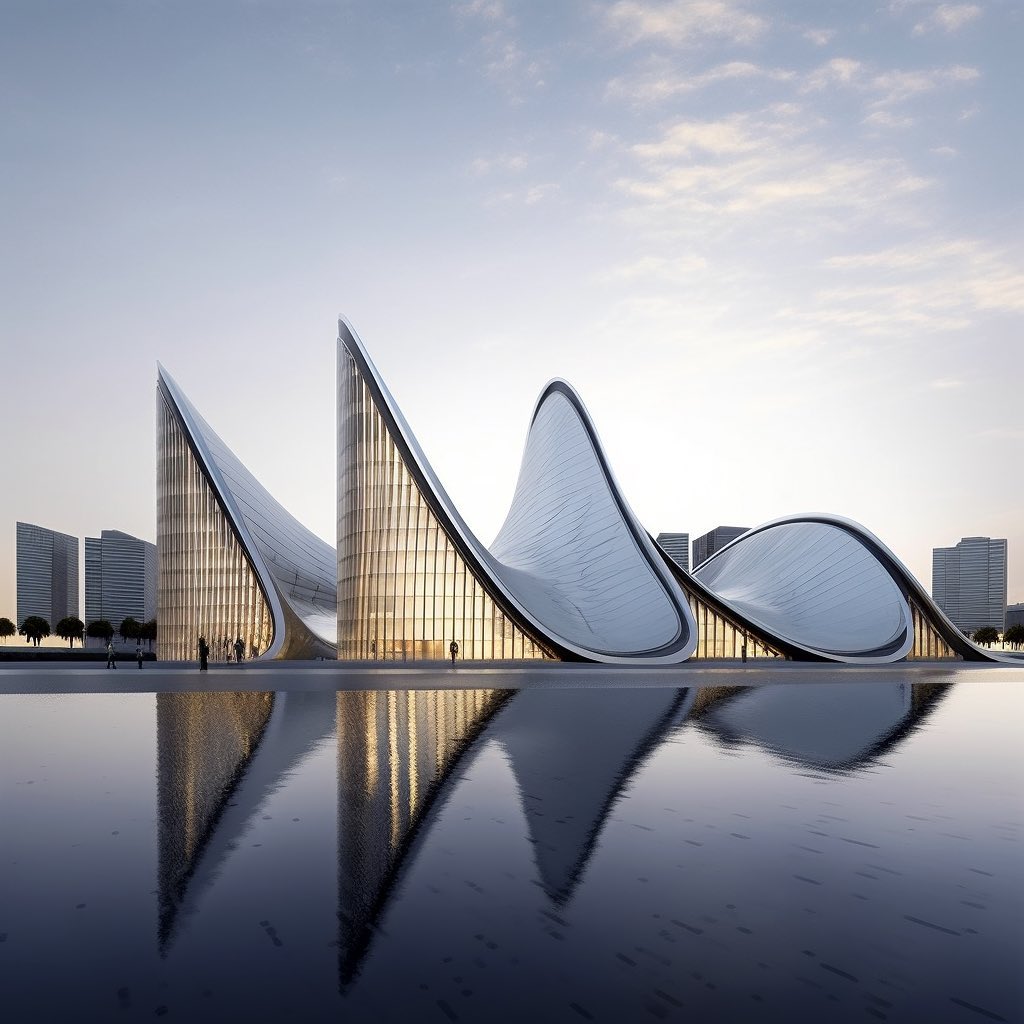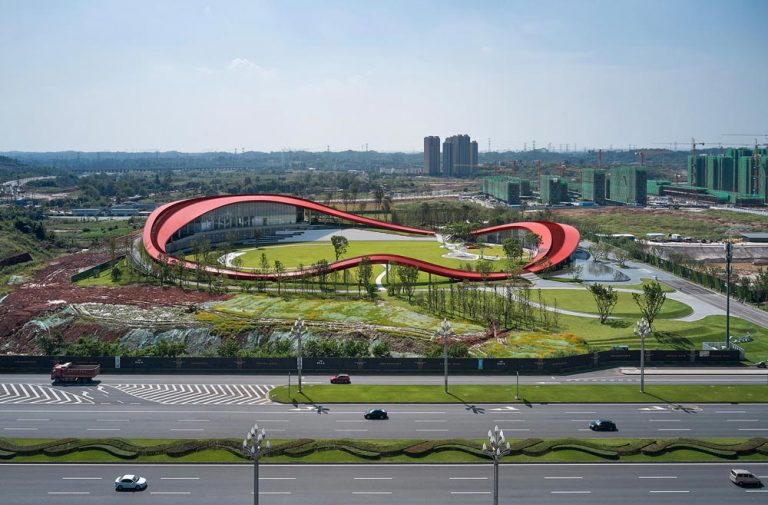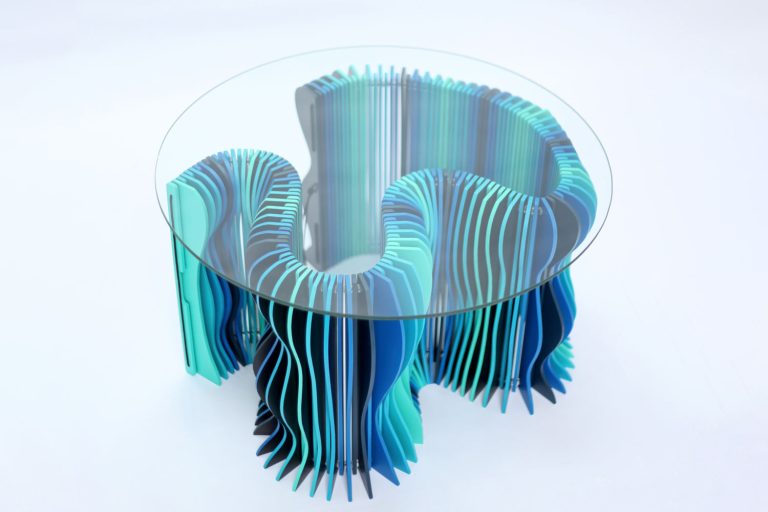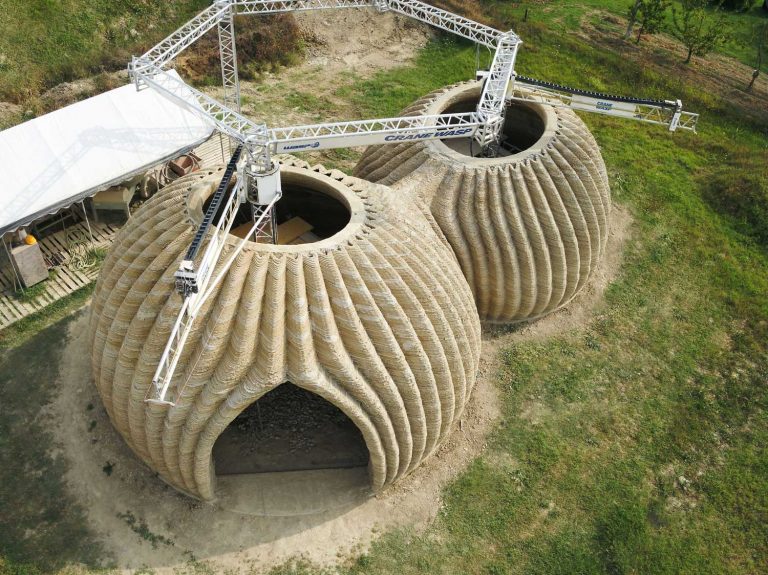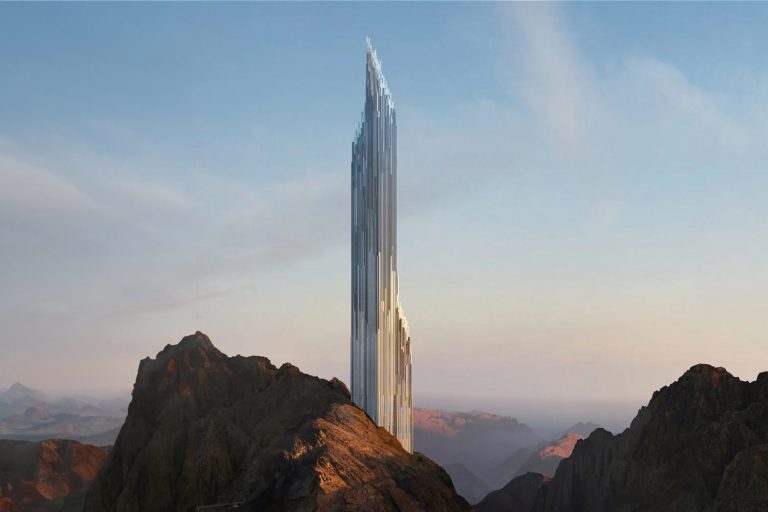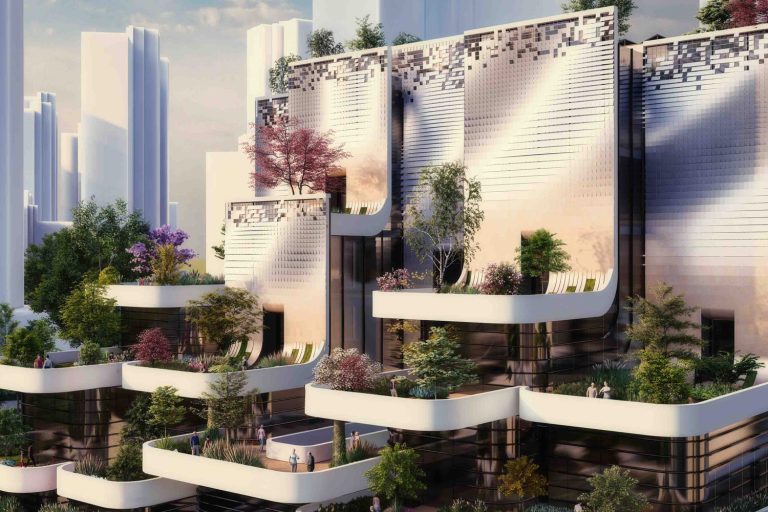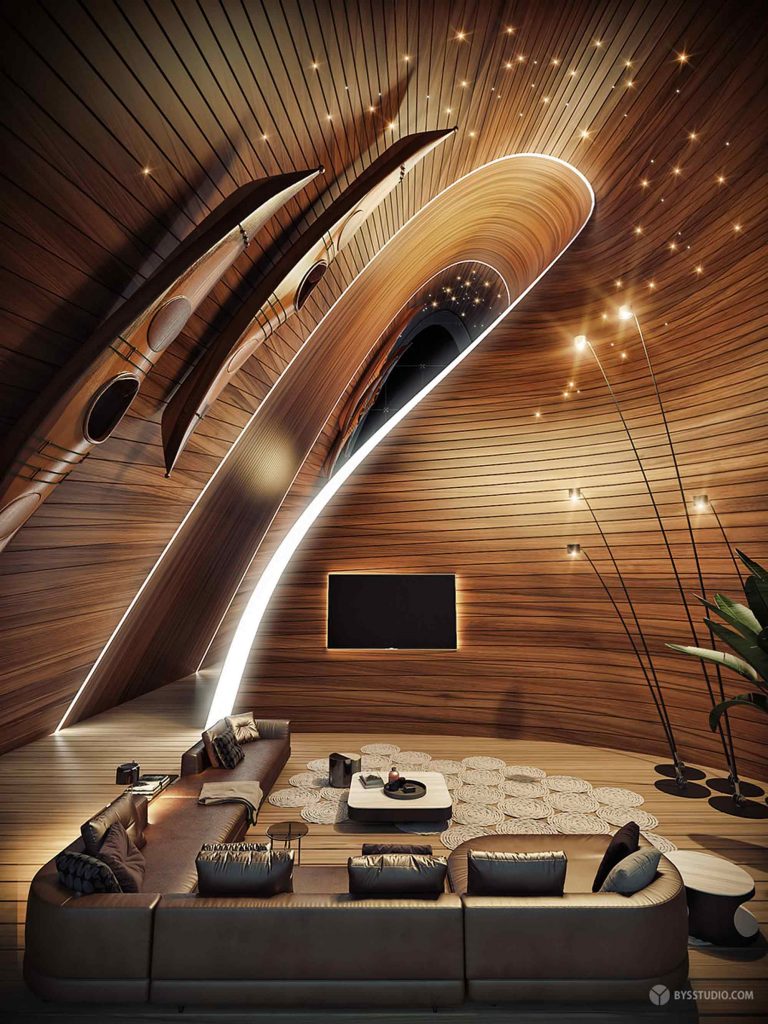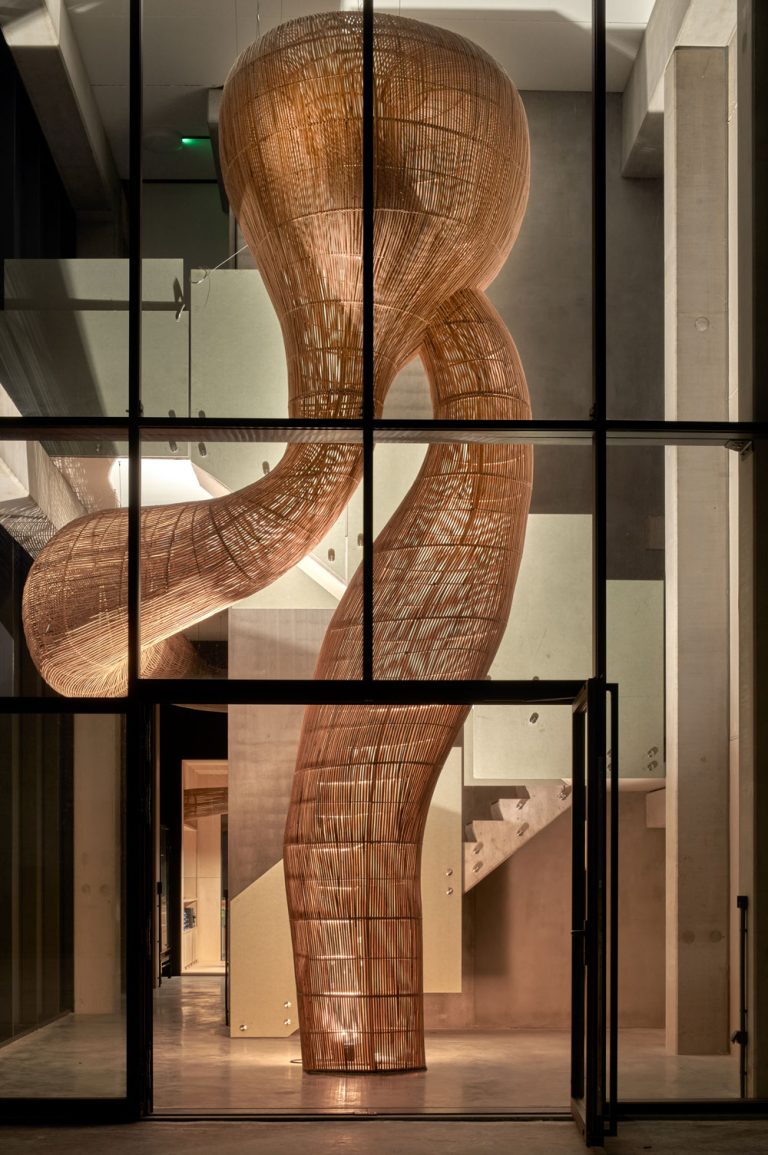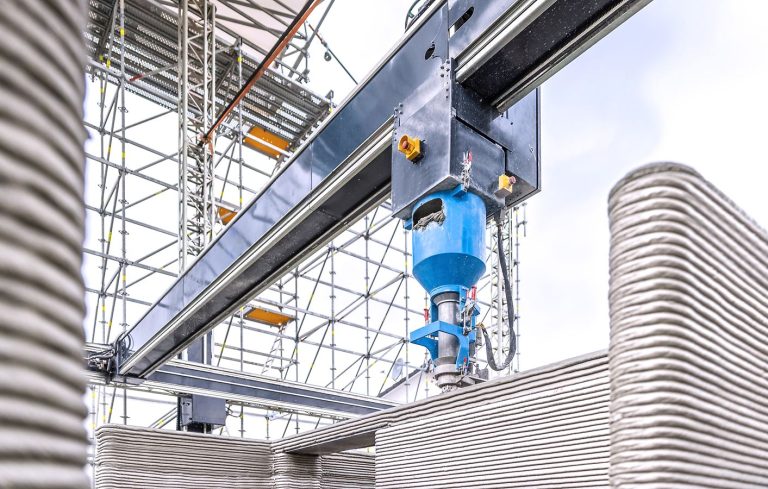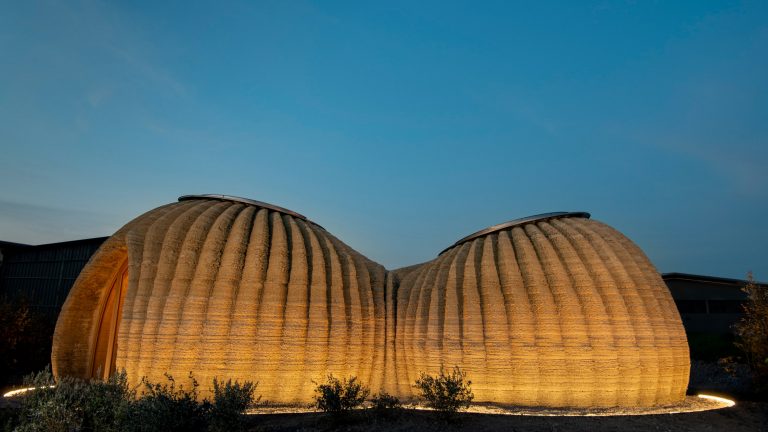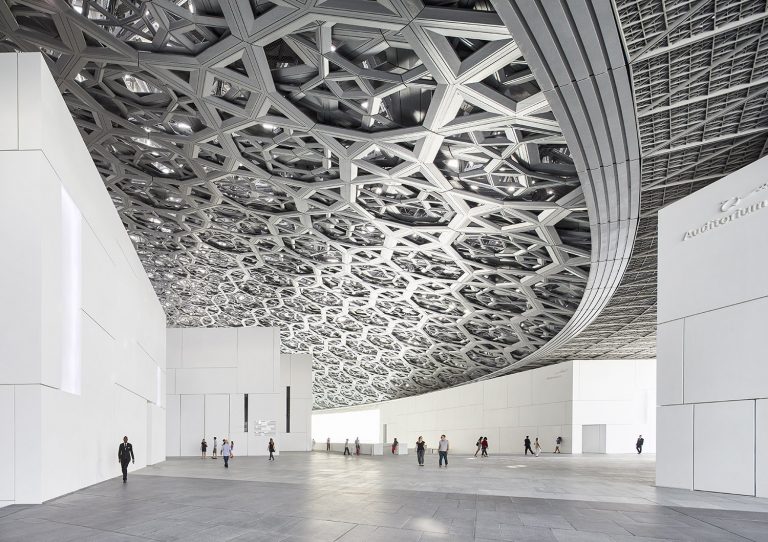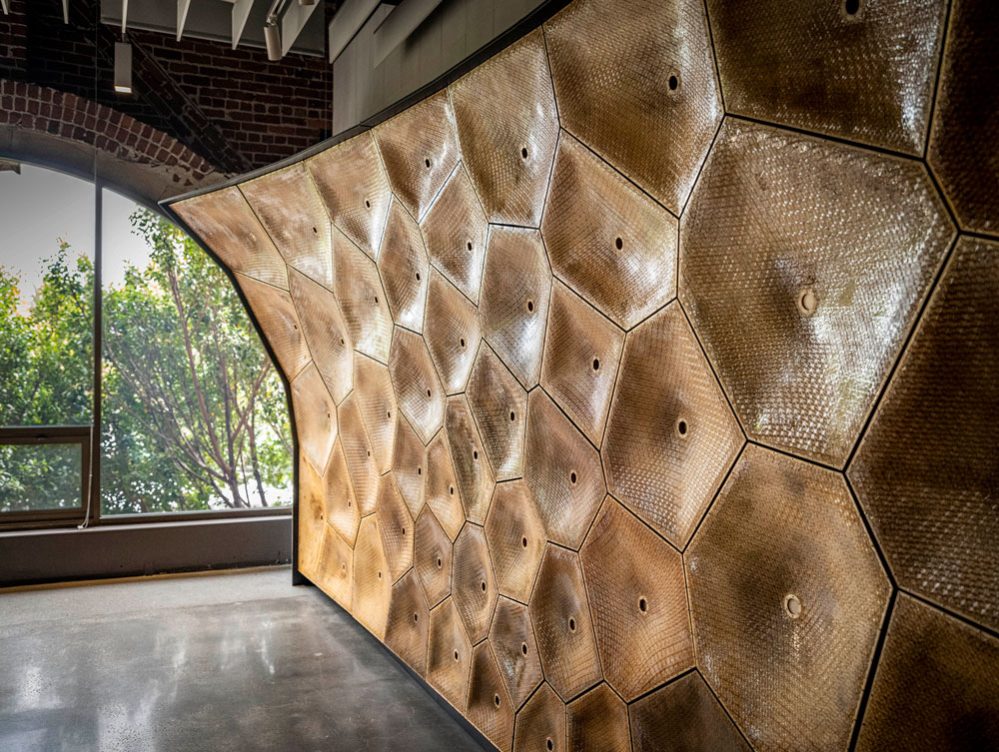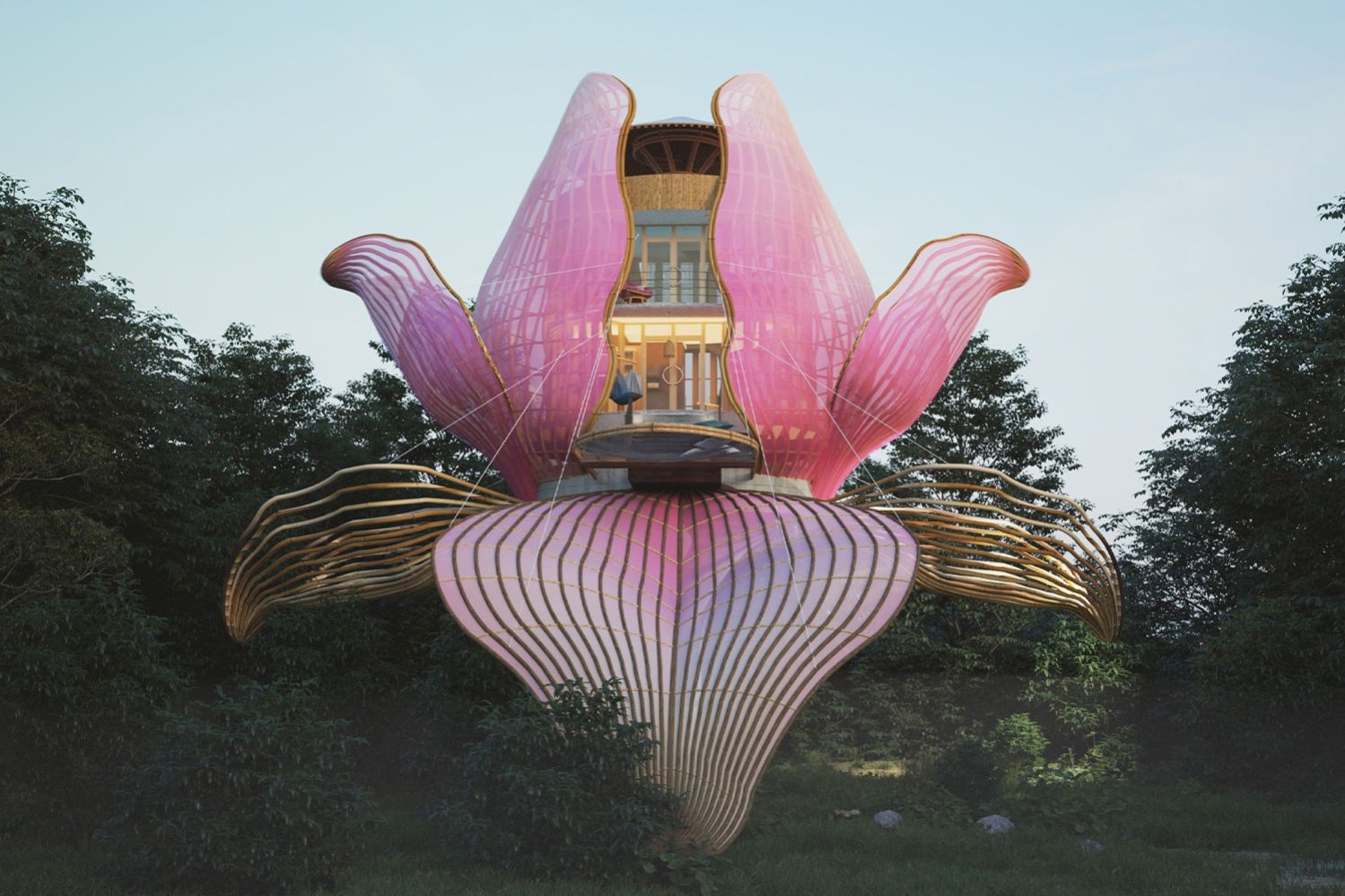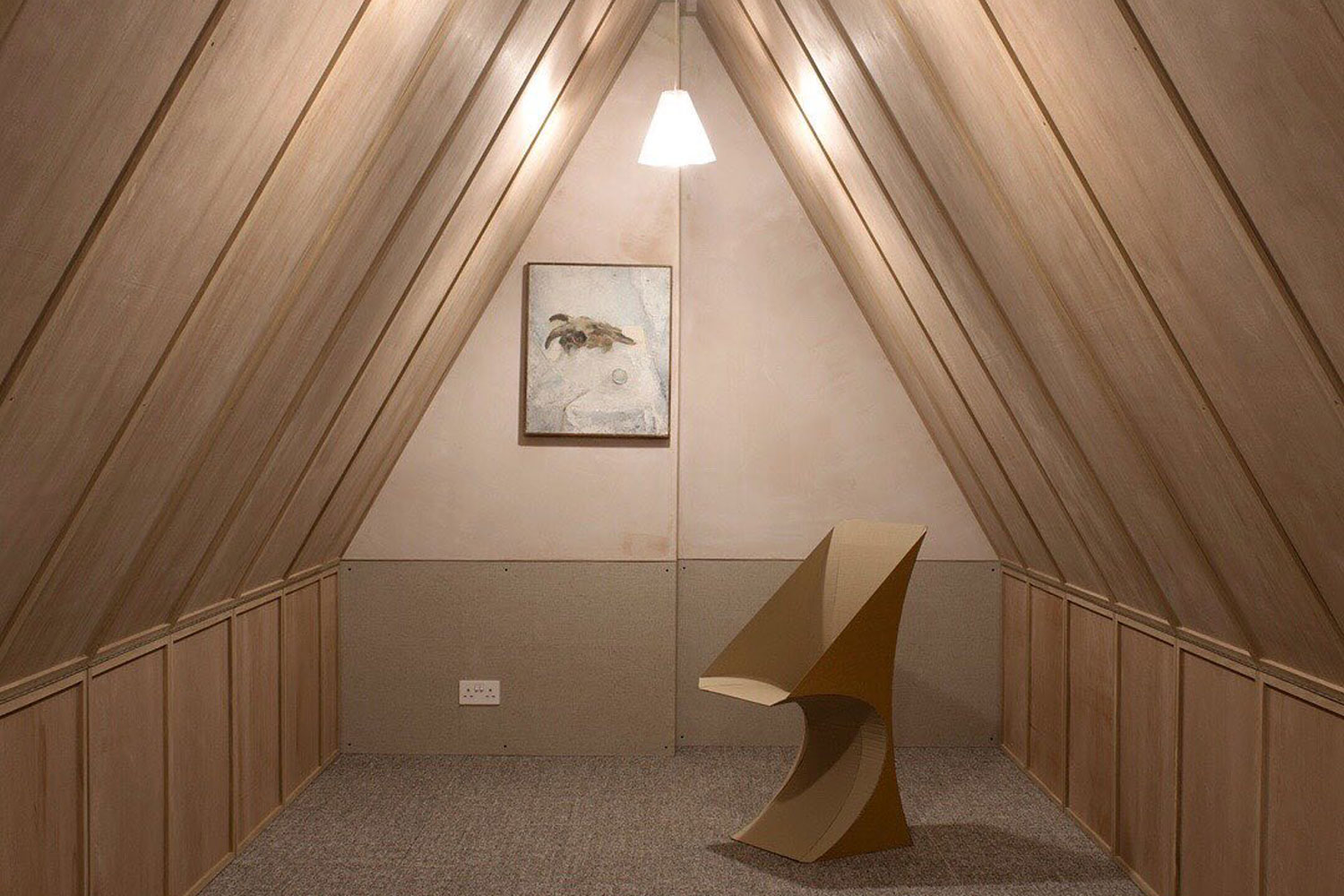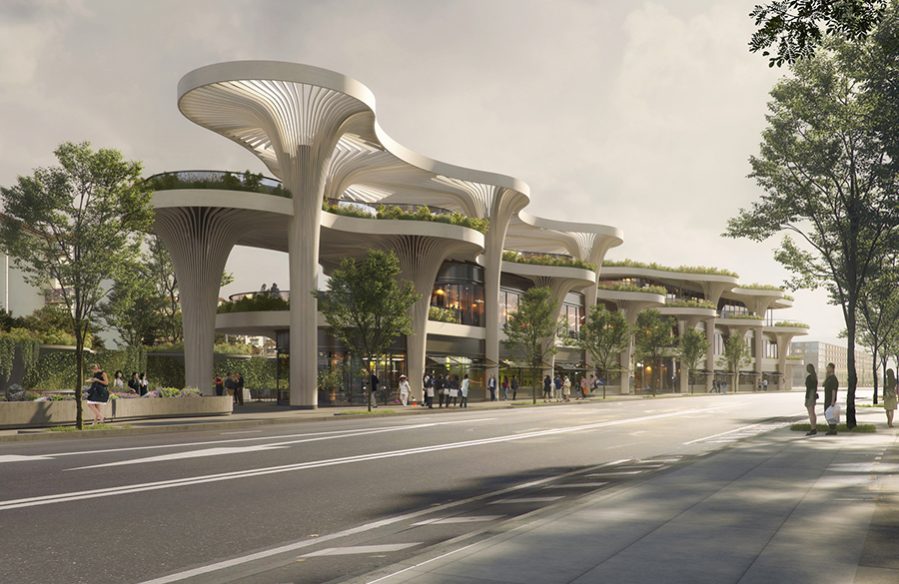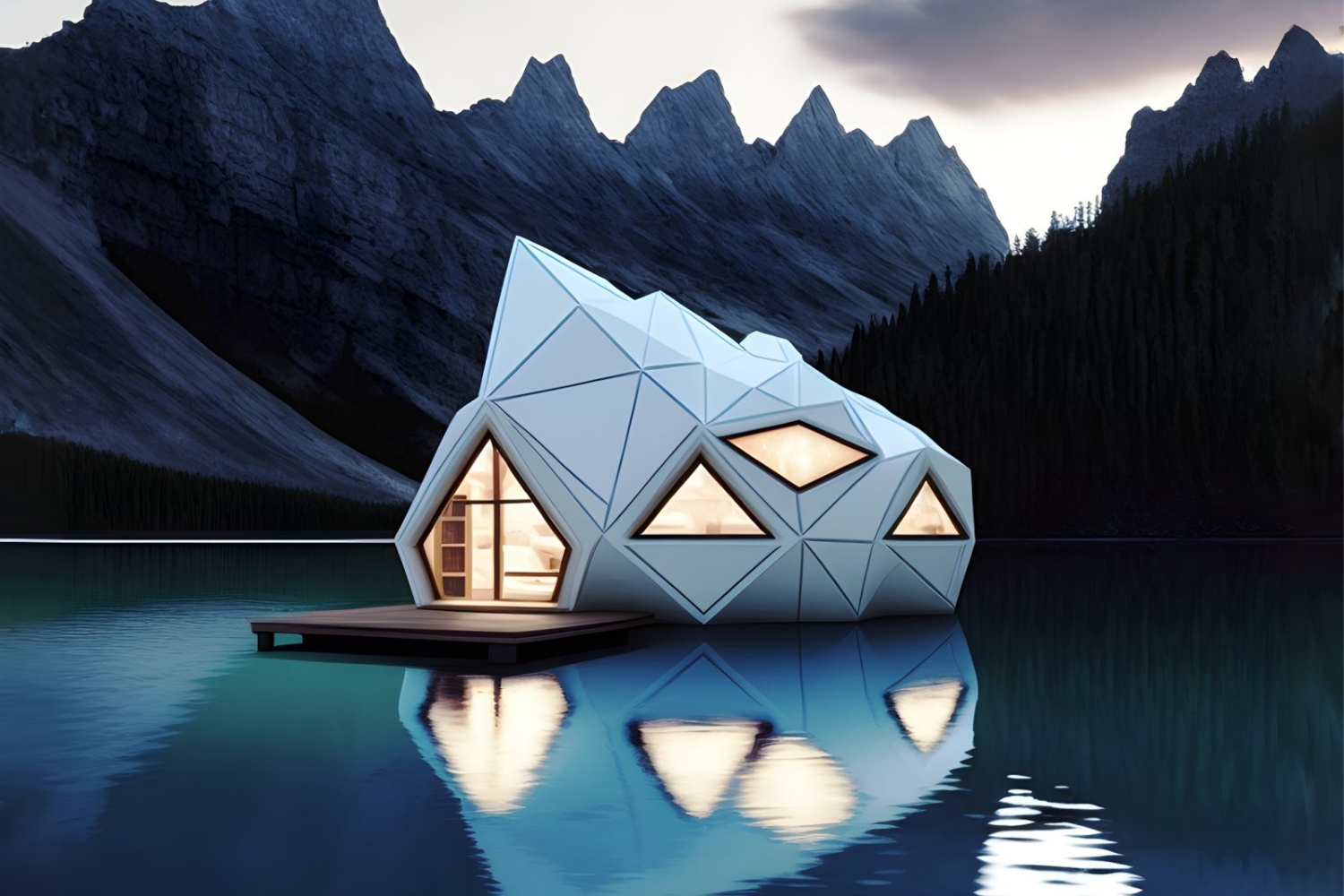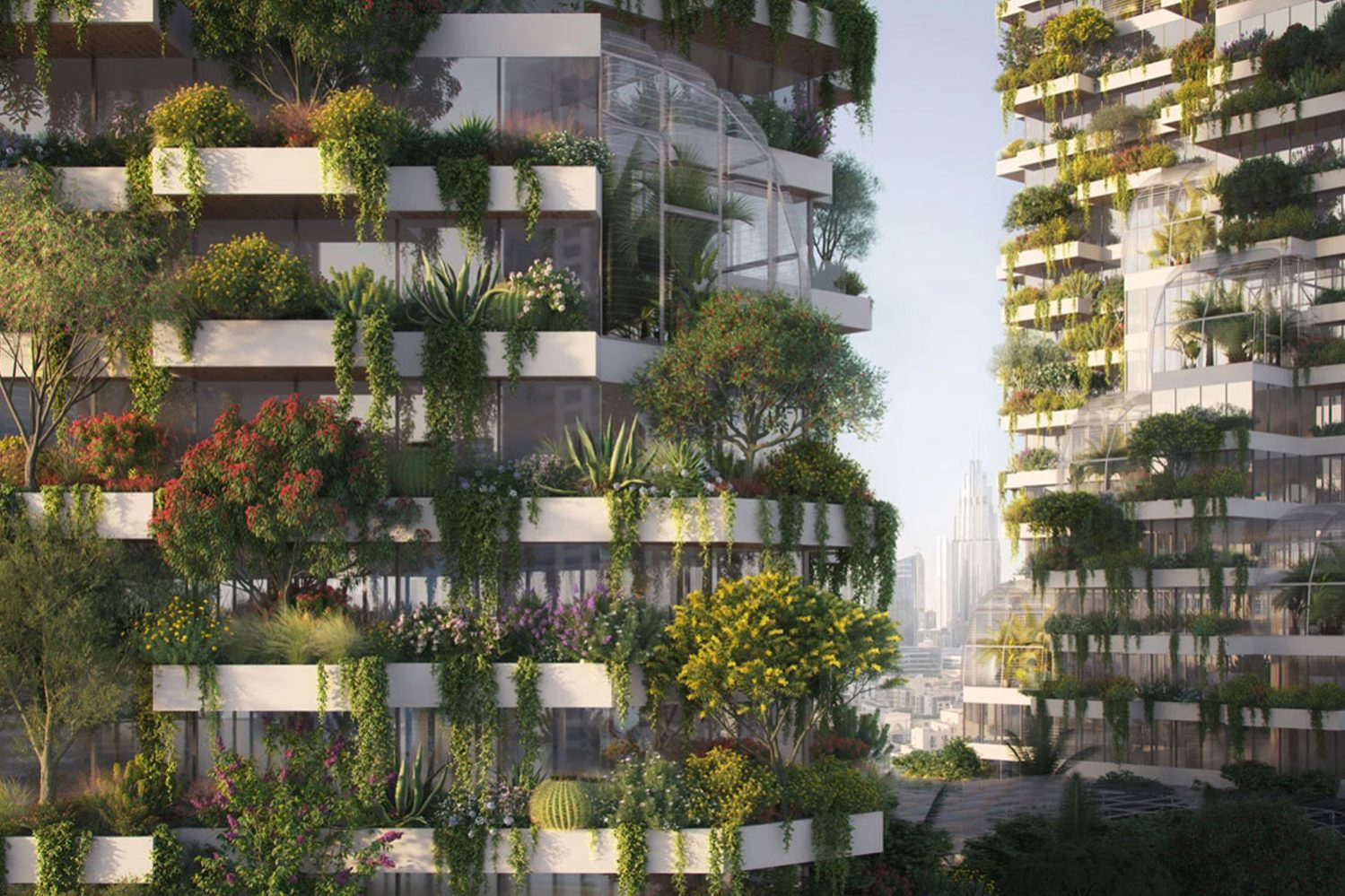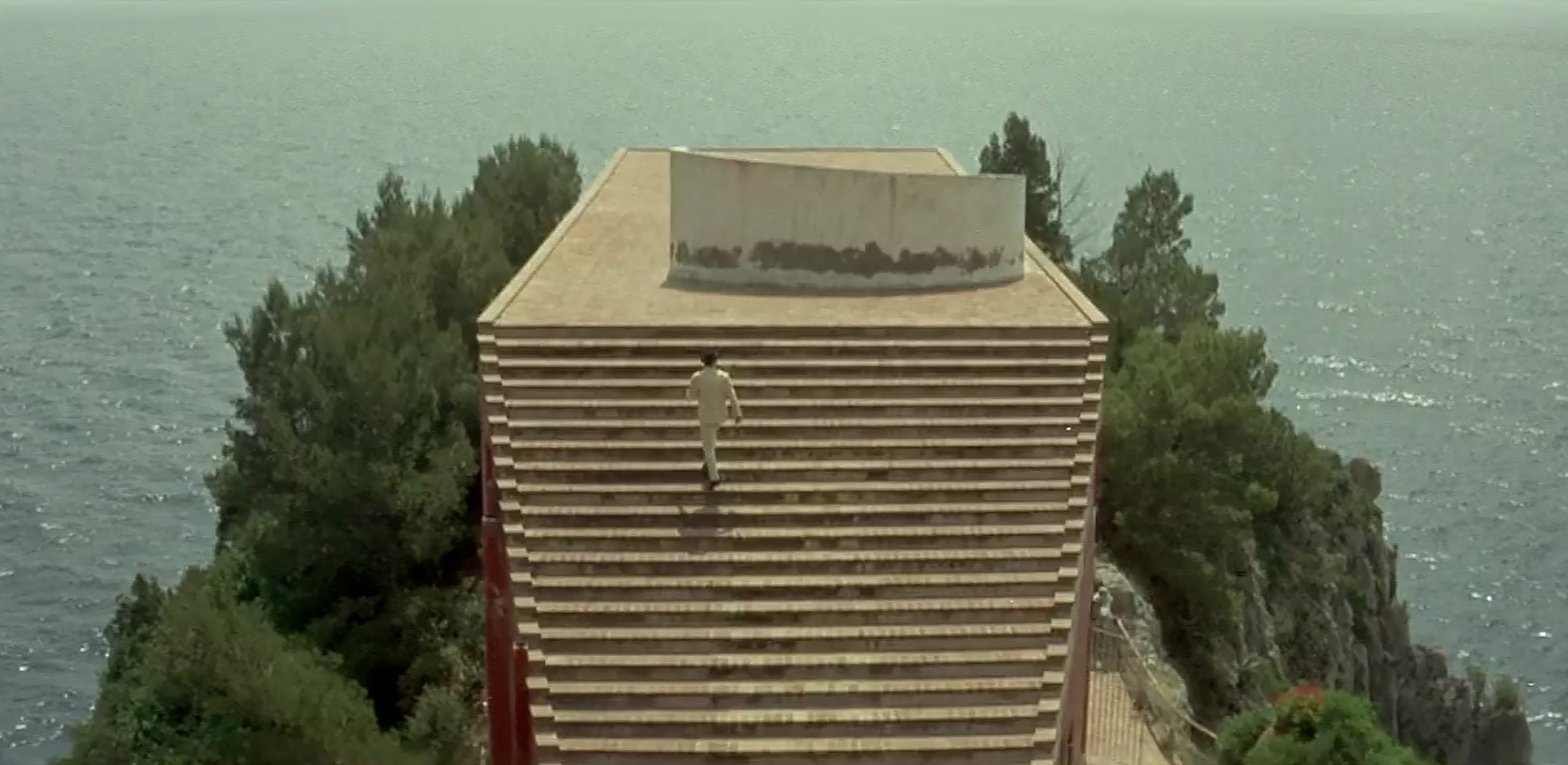
In this article, the spaces in which Le Mépris hosts human relations and the emotional voyage of movie characters are to be investigated. Through this exploration, the movie and the way characters act are to be questioned, while the buildings are going to be analyzed in terms of their spatial order and the referential details having metaphorical relations with the script. As Penz asserts, cinema is going to be turned into a medium for architectural criticism.
Directed by Jean-Luc Godard, Le Mépris is one of the greatest examples of its kind and the selection of narration, places, movements, and transcendental transformations among scenes through the display of god statues provides a kinaesthetic way of experiencing. The film is about the fragile marital status of a couple and the process of filmmaking.
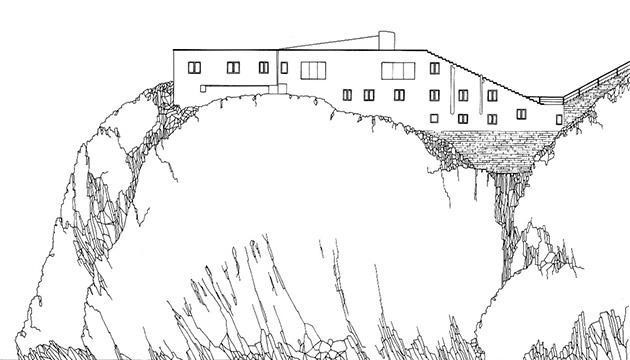
Accommodating one prologue and three-act tragedy, the film begins with a scene set on Rome’s Cinecitta. The phrase “Cinema shows us a world that fits our desires” by André Bazin is read as the introductory scene comes to a close. This is followed by an insight into the movie’s plot: The narrator states, “The story of that world is contempt.” Then with a deliberate camera move, a frame focusing on the prologue of a married couple (Paul and Camille) that nudity and vulnerable despair of love reassurance take place in their bedroom, which is the most private and, at the same time, distant area understood by also the color transitions from red to blue.
Followed by critical talks on Homer, Dante, and German poetry held in the preview room, it is likely to imply that the area is an intellectual space by its nature where self-evaluation and criticism on cinema is also embedded in.
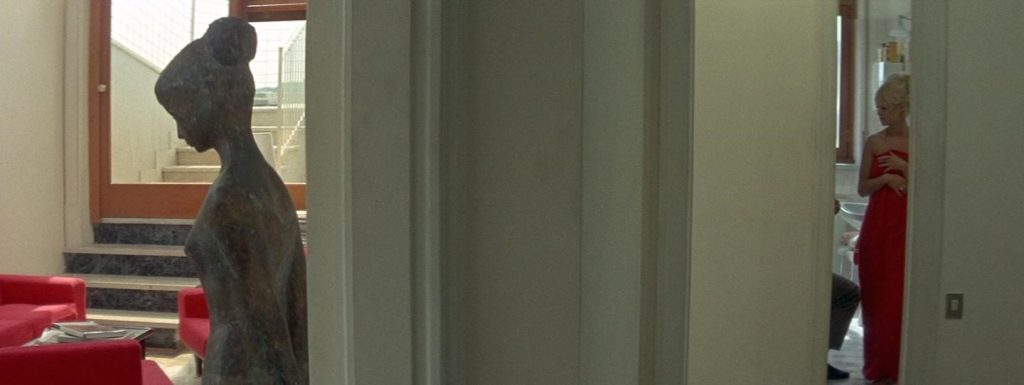
After the invitation of Porokosh (filmmaker), the couple reaches the villa separately, indicating the destruction of their relationship. The historic villa is surrounded by a suburban fabric and a picturesque garden. On the other hand, when entering the house, one immediately encounters the staircase which emphasizes the availability of the upper floor functioning as the private area, which is understood by the location of bathrooms revealed when Paul asks for. Regardless of his attempt to go to the bathroom, he approaches the living hall, a completely open space flowing among eclectic furniture and art objects. The interior elements, constructed with the antiquity of the villa, give space another dimension, resulting in a theater-like place. The contrast with modernism and the degree of spatial dynamism is mainly determined by the stone walls.
The movie flows through the transition of the couple from Porokosh’s villa to their living space. Unfolded in a stunning modern apartment, the movement of characters among the rooms resembles the emotional oscillation of Camille (Brigitte Bardot) and Paul (Michel Piccoli). The scene invites spectators to explore human emotions through spaces. Eyewitnesses are a mental journey between love and contempt, and an interior setting affects characters’ actions and shapes them into who they are questioned.
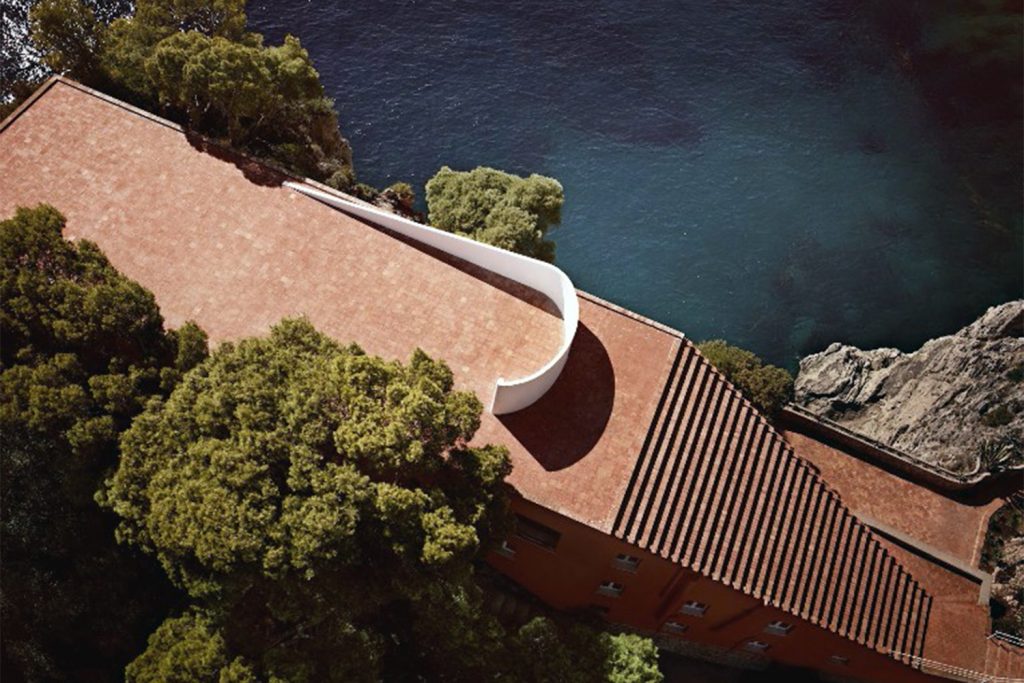
The movement between arguing and making up during walking, bathing, sitting, and standing are sequenced among the private and public places. When Camillie separates her bed with Paul, she carries her pillow and blanket from the most private space to the most public space. This transformation between rooms also implies the emotional separation of the couple. Godard appears to crush perspective and be employing a split-screen technique by consistently keeping Paul and Camille apart (by a wall, a door, a lamp, etc.) Therefore, architectural elements of scarcely furnished apartment become analogous to barriers through the detachment of the couple.
There is a constant emphasis on the reason which lies behind Paul accepting the job, which declares the importance of owning a modern apartment requires sacrifice, resulting in that drama revolving mainly in the apartment. During their argumentations, Paul implies that this sacrifice is made for Camillie, yet he does not withdraw himself from utilizing his wife’s beauty to seduce the producer. Ironically, the apartment, witnessing all the arguments and the detachment of the couple, becomes less and less important for Camille, like her feelings toward Paul.
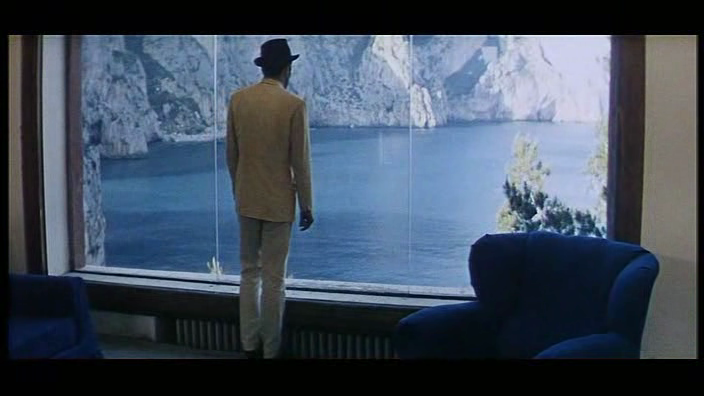
Then, Capri becomes the focus of the action, which is the location of The Odyssey movie’s shooting. Designed by Adalberto Libera, Villa Malaparte is one of the masterpieces of modern architecture. Statued on the coastal cliff, reached by a series of steps, the Villa Malaparte has a contradictional yet harmonious relation with the landscape.
The approach to the Villa Malaparte is severe by virtue of reaching it only by walking or boat. The villa is melancholic yet sublime and cruel, proclaiming its own monumentality. Both Paul and Camillie [separately] reach a point in their emotional voyages through stepping the grand stairs. Providing strong views of the cliff and water, the windows of the villa are broad and magnificent, perhaps sublime enough to give enough courage for Paul to object to Prokosch and refuse the job over a recreation of Homer’s Odyssey.
French film director and screenwriter, Clarie Denis states that Godard is beyond being in search of beauty, he respects beauty. In this concern, the terrace of the Villa, the highest peak of the temple-like structure, serves also as an area for Camille, resembling beauty, to sunbathe all in naked as if she were a goddess to praise.


